Blue Cross Animal Hospital

Your Pet’s Home Dental Care
Dental homecare is preventative maintenance. It can’t correct a problem that already exists. In fact, if there is a painful existing problem in the mouth, brushing will be very unpleasant for your pet and you may set up a lifetime of future resistance to brushing.
A homecare program should only be started after a dental exam by your veterinarian to ensure that there are no problems that need treatment prior to starting brushing.
The purpose of a homecare program is to brush your pet’s teeth daily. Daily brushing removes plaque before it becomes firmly attached to the tooth surface, or has a chance to harden into tartar. Plaque will form on a clean tooth within hours and can start to form tartar within a few days. Brushing daily is much more effective than doing it two or three times a week.
In fact, brushing your pet’s teeth less than every other day actually provides no benefit!
When starting a home dental program, you have to start slowly, letting your pet get used to each new step before moving on. Introduce tooth-brushing in small, easy steps, and include lots of treats and praise–your pet will likely come to enjoy the time you spend together brushing their teeth.
When should you start introducing teeth brushing?
As soon as possible!
Starting at 8 to 12 weeks old is ideal. Pets don’t need maintenance at this age, but by brushing their baby teeth they will be comfortable with the activity when the permanent teeth come in. You should stop brushing while your pet is losing his or her baby teeth. Their mouth will be tender and the brush could cause more pain and put them off of brushing. Once all the permanent teeth are in you can start again.
Didn’t start when your dog or cat was a baby?
You can start anytime. Just remember to have a veterinary dental exam first, to make sure there’s no condition in the mouth that is causing pain or discomfort to your pet
Just had your pet’s teeth professionally cleaned by your veterinarian?
A week or two after a professional dental cleaning is a great time to start, because you’ve got a nice clean mouth, and any tenderness post dentistry should now be gone.
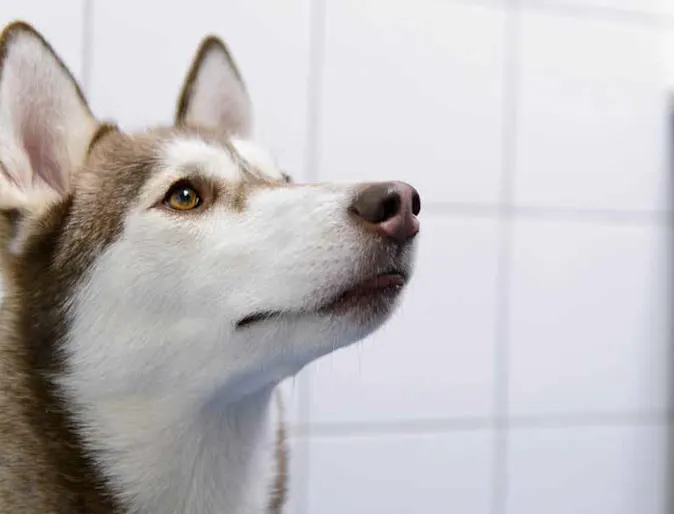
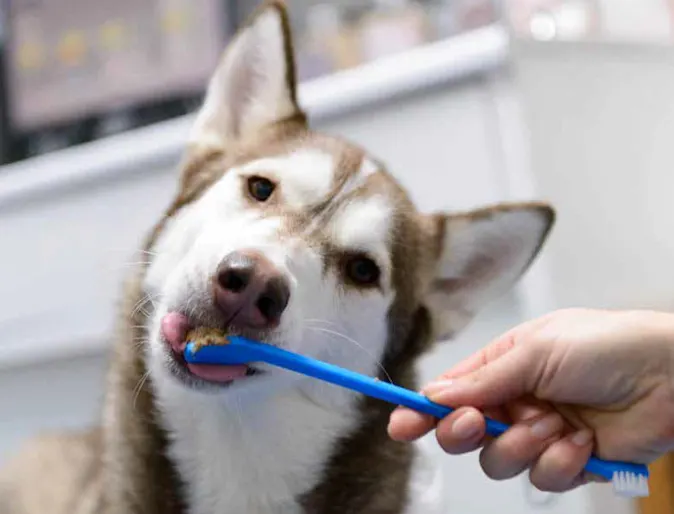
Tooth brushing can be a fun activity for your pet.
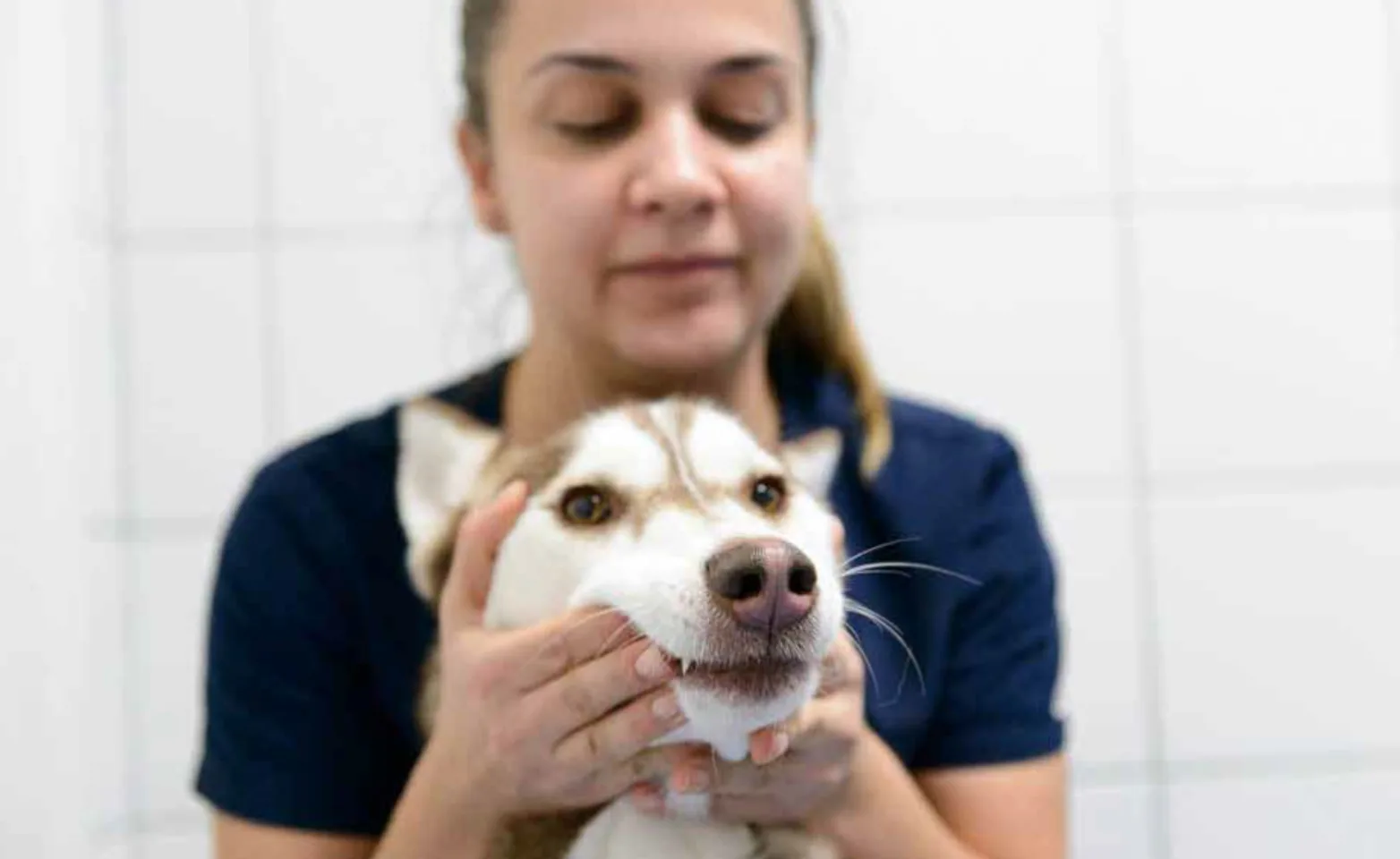
Step 1 – Getting Your Pet Used to Mouth Handling
The first step is to work with your pet’s mouth.
Try to have your practice sessions at the same time each day so your pet gets into a routine. Late in the evening often works well, as everyone involved is generally in a quiet mood then. If your pet is highly motivated by food, try just before dinner with the meal acting as a reward for co-operating.
Choose the same spot in your home each time – somewhere quiet and out of the way. Sit with large dogs on the floor; have small dogs and cats sit in your lap.
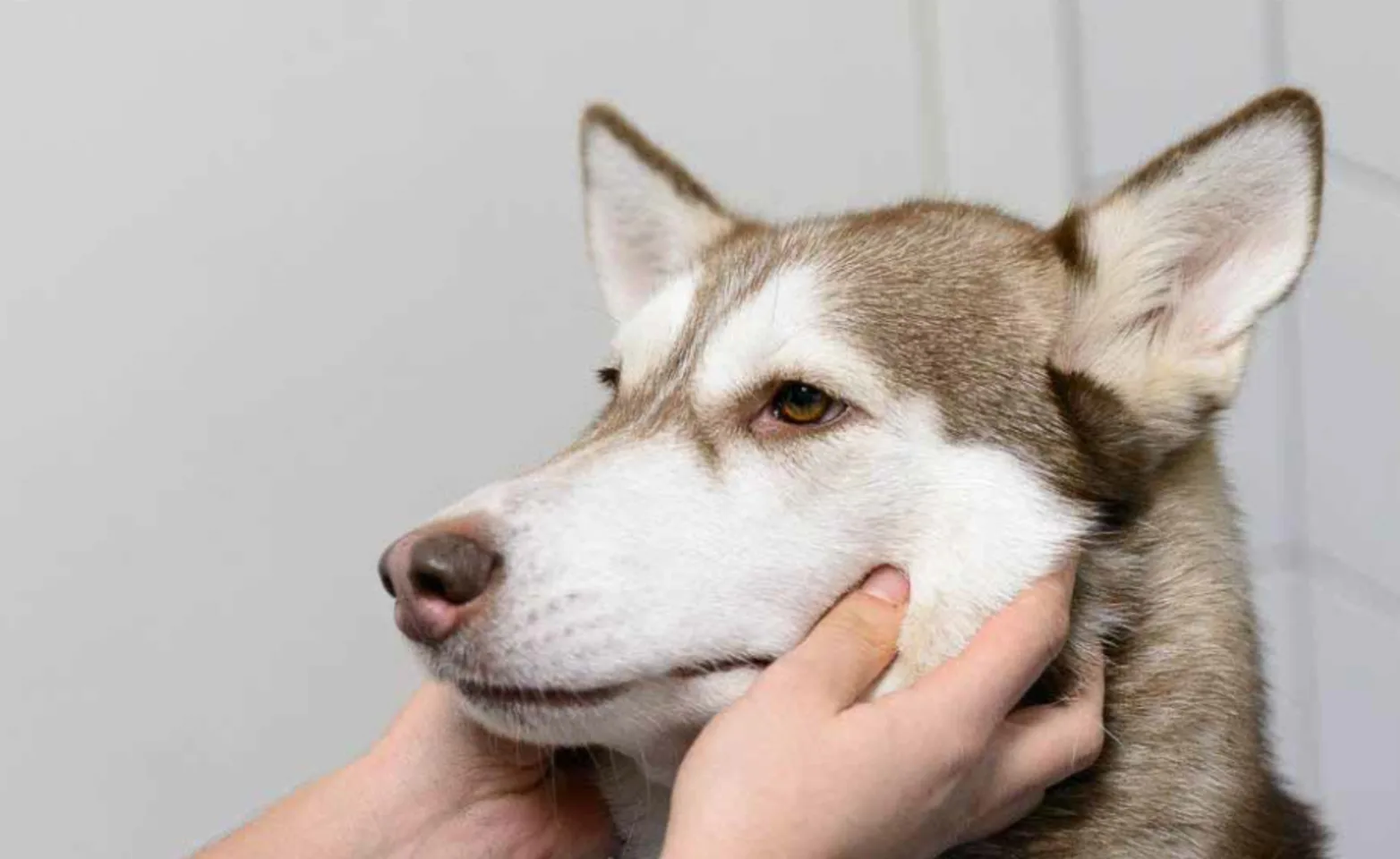
Start by handling the muzzle, chin and side of the face.
Have several small pieces of a high value food reward that you know your pet loves on hand. Periodically feed pieces as you gently massage under the chin, the lower and upper jaws, and the side of the face.
Make it fun for both of you. Use a lot of love, treats and especially praise to gain their confidence.
Keep sessions very short. Start with 10 seconds of handling followed by a yummy reward. Over the next few days, increase the time you are handling the outside of your pet’s mouth and jaws, in ten second increments until your pet is staying still and tolerating a minute of chin/ jaw/cheek stroking.
Don’t even try to open your pet’s mouth at this stage – you’re just focusing on the outside. .
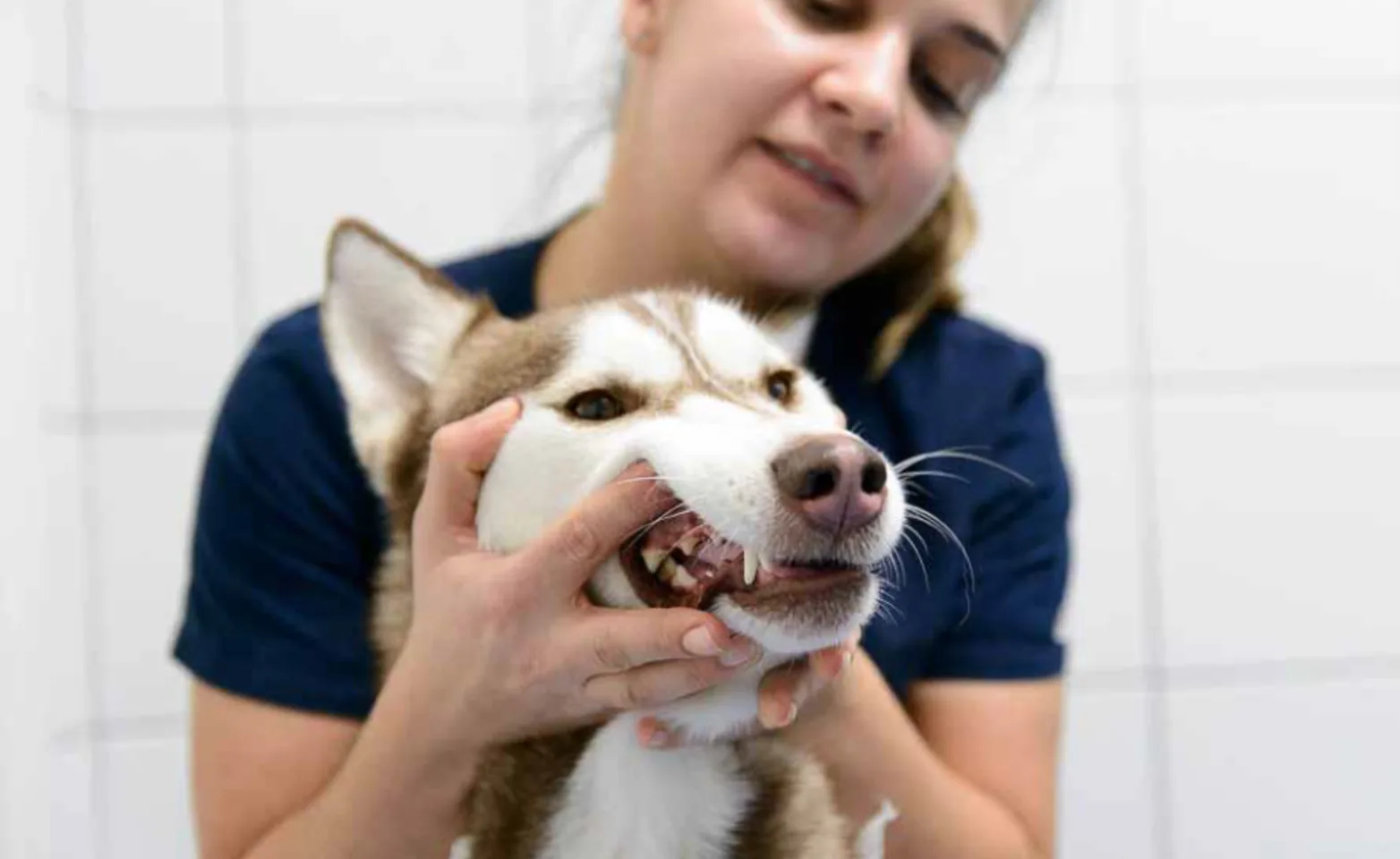
Get them used to having your hands in their mouth. Move inside the mouth step-by-step.
Step 2 – Going Inside the Mouth
Now that your pet is enjoying his chin, jaw and cheek massage sessions in the designated spot, you are ready to move inside the mouth.
Put a few drops of water, flavoured with tuna juice, or low sodium chicken or beef broth for dogs, or tuna juice for cats on your finger.
Put your finger close to your pet’s nose so he can smell it, and let him lick the good stuff off your finger. Reload and repeat several times. Your pet will soon look forward to this treat.
Start by handling the muzzle and tickling the lips. Soon you will be able to rub the teeth and gums with your finger.
Rub your finger along the outer surface of gums and teeth for a few moments, then remove it.
Keep sessions short – no more than a few minutes in each.
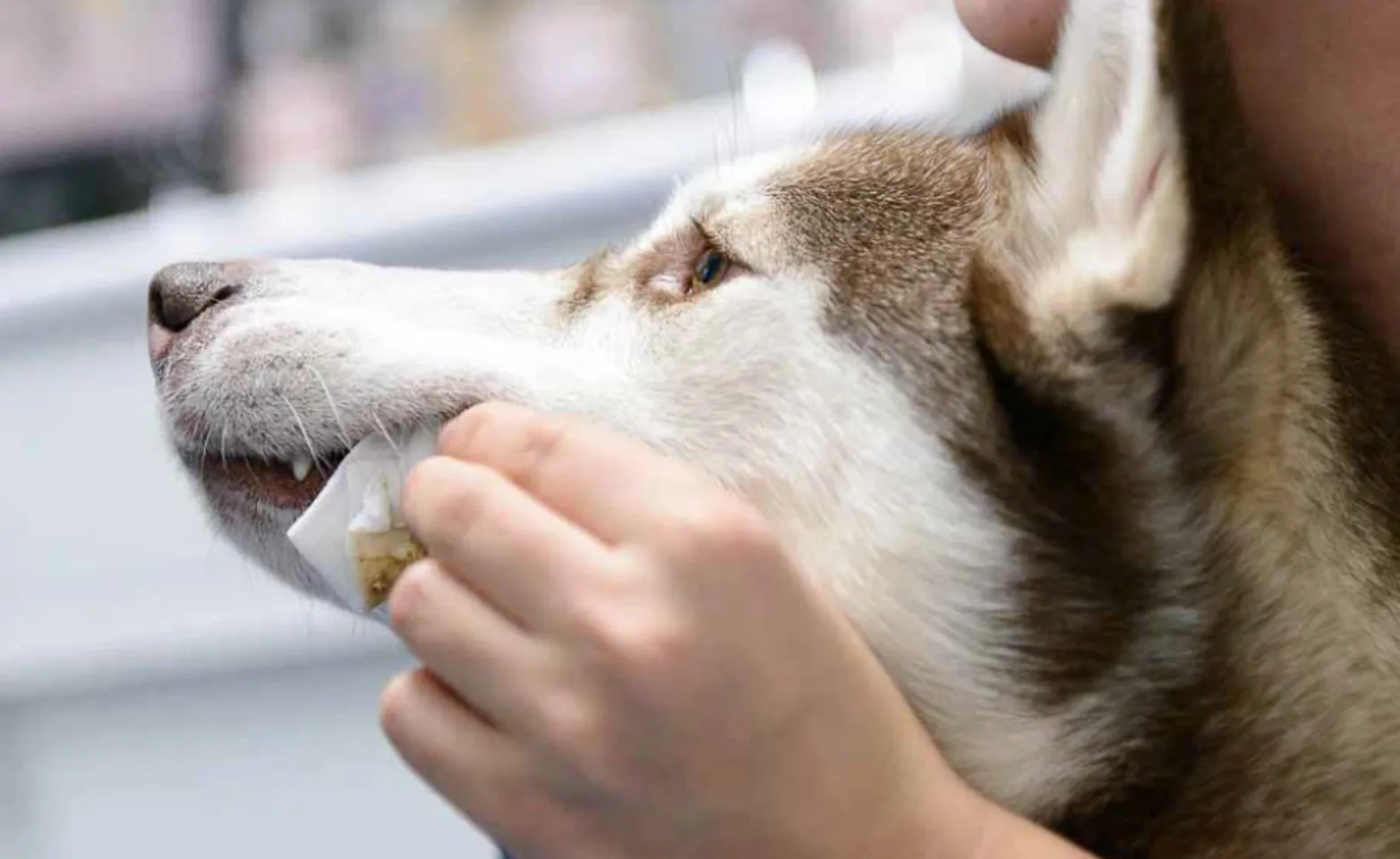
Work up to the toothbrush using fabric around your finger.
Step 3 – Working up to the Toothbrush
Next, use a washcloth, gauze square, make up pad, or piece of pantyhose, wrapped around the end of your finger and flavoured as above.
Put the covered finger in front of your pet’s nose and allow him to lick it. Repeat this step several times.
Reload your gauze or cloth and slowly lift the lip to gently rub the teeth.
Start with the front teeth and gradually work towards the back teeth.
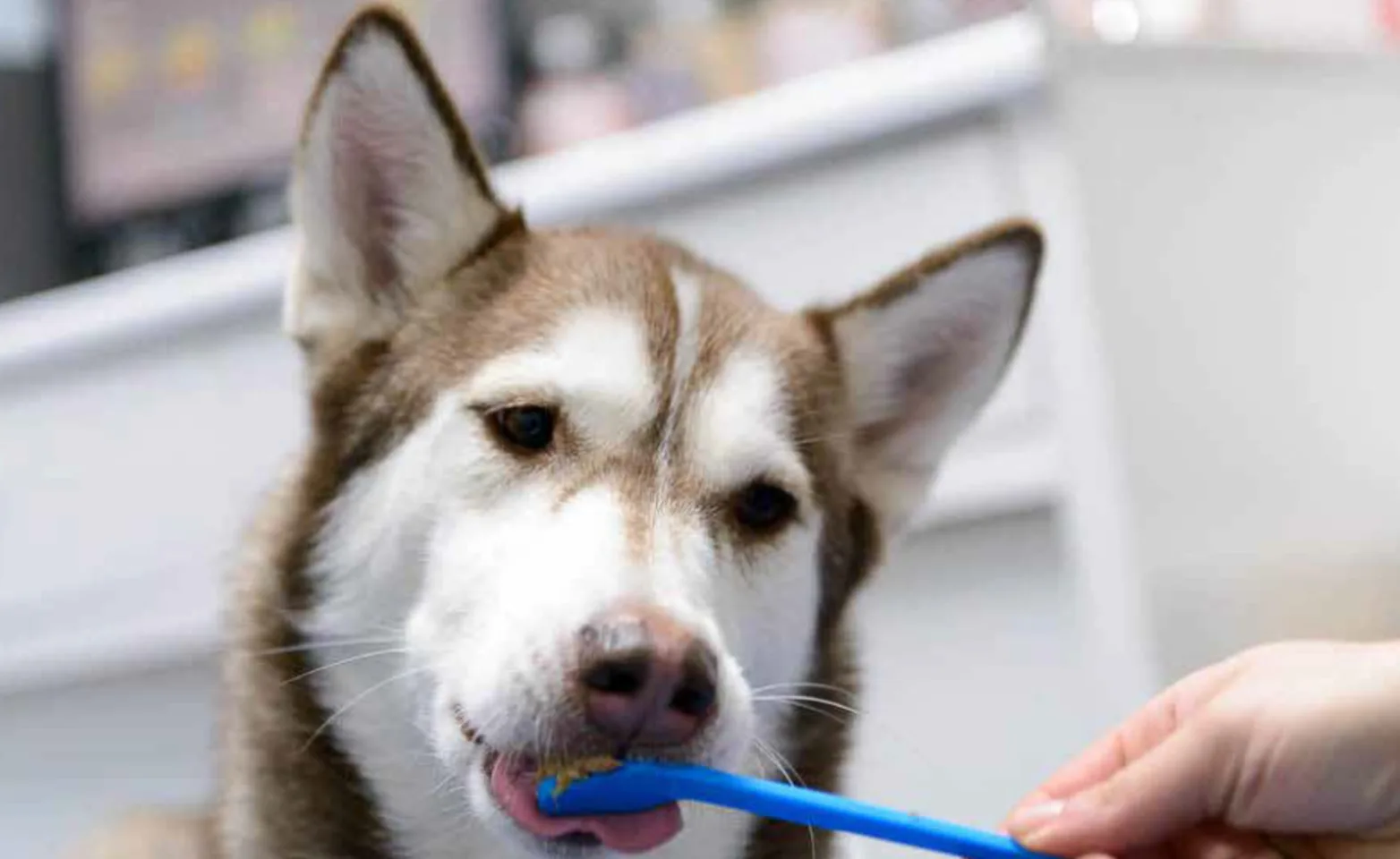
Introduce your dog to the toothbrush at their own pace.
Step 4 – Swap out the Cloth for a Toothbrush
Finally, we’re ready use a soft toothbrush to brush the teeth. There are several veterinary brushes available and many human brushes are well suited to animal use as well.
Dip the toothbrush in something yummy, hold it in front of your pet’s nose and allow him to investigate/lick at it. Repeat several times.
Next, reload the toothbrush, and slowly lift the pet’s lips.
Hold the brush at a 45 degree angle to the tooth and brush back and forth or from gum to tip. Don’t use too much pressure – imagine the amount of pressure you’d need to dimple a ripe tomato – this is what you want. Brushing the tongue side of the teeth is less critical.
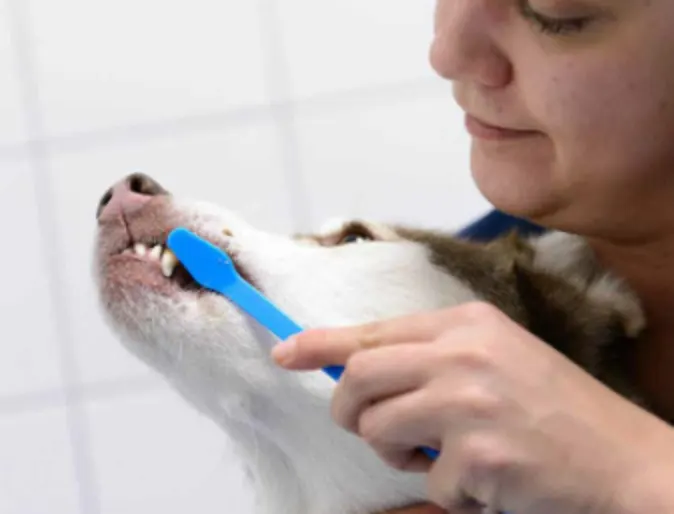
Hold the brush at a 45 degree angle and brush from gum to tip.
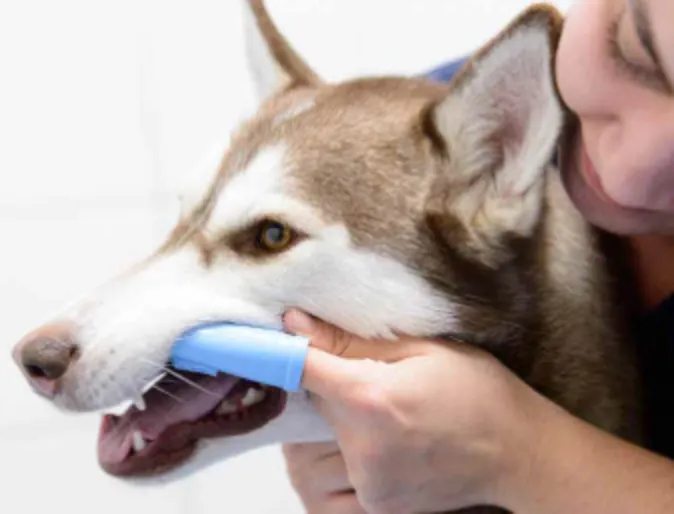
When your pet is comfortable, you can brush the outsides of their back teeth.
Step 5 – Adding Toothpaste
There is an ever-growing selection of veterinary tooth washes, pastes and gels. Some of these products may increase the effectiveness of your home-care program but remember, it’s the brushing that does most of the cleaning. In fact, many veterinary home care products currently on the market have no valid research to show that they are of any benefit. Visit www.vohc.org for a current list of products with valid claims.
We like CET pet toothpaste, which comes in either Poultry, Malt, Beef, Seafood, or Vanilla Mint (hypoallergenic).
Brushing daily has been shown to be far more effective than three times a week and is easier to remember than every other day.
Human toothpaste is to be avoided, as it will cause stomach upset if swallowed. Baking soda, with its very high sodium content can be dangerous to older patients. Hydrogen peroxide can be too harsh for the gums and must not be swallowed.
Add a small amount of toothpaste to your pet’s toothbrush and let him investigate and lick it off. Repeat this a few times.
Next, slide the toothbrush inside your pet’s mouth and brush for a few moments as per the previous step.
Remember to keep the session short and reward afterwards with a yummy treat.
Take As Much Time As You Need
You may be tempted to rush through these steps, but please don’t! You want your pet to enjoy teeth brushing; you don’t want it to be a battle. Every pet is different. Go at their pace and keep sessions very short and enjoyable. Always end on a positive note. If teeth brushing is introduced slowly and carefully, pets will find it rewarding and come to look forward to teeth brushing time. This makes your job that much easier! Be sure to make sure your pet is totally comfortable before proceeding to the next step.
What about dental diets & chews?
It helps to give mildly abrasive foods and toys such as dry kibble, raw hide strips and dense rubber chew-toys. The Veterinary Oral Health Council has undertaken to certify products that make claims of providing some dental benefit. The list grows as more companies make the responsible decision to obtain valid evidence that their products work. Visit www.vohc.org for the current list. Always favour products with a plaque claim over those that just have a tartar claim.
Avoid natural bones, antlers (which are actually bone), dried cow hooves, hard nylon toys, and ice cubes as these are hard enough to fracture teeth. If you (or your pet) would not want to be hit in the kneecap with an item, do not let your pet chew on it!
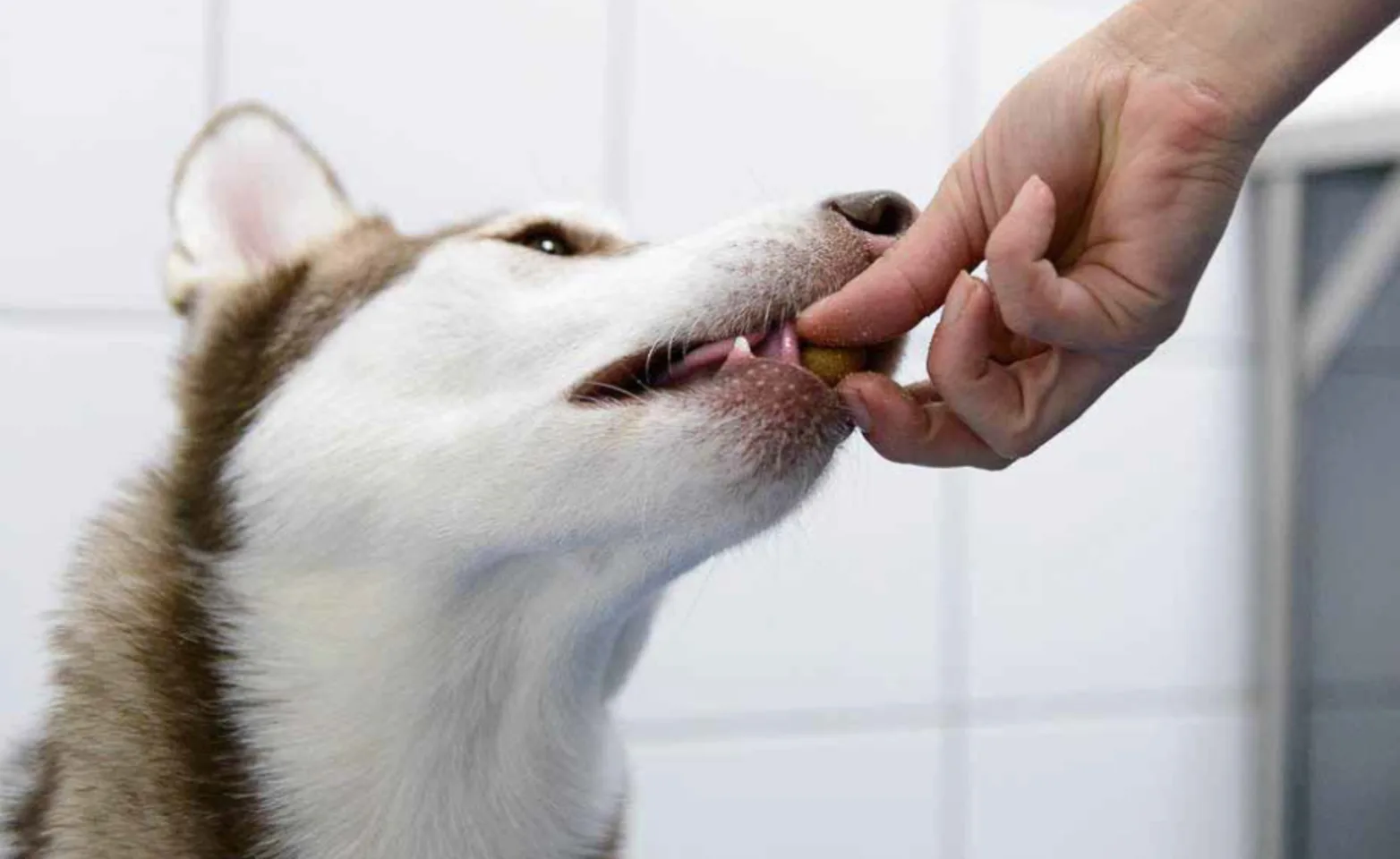
Keep sessions short and reward your pet after each one.
By following a consistent program of home-care, you will greatly improve your pet’s dental health.
This will mean fewer professional cleanings, less tooth loss and a happier, healthier pet. However, please remember that there is no substitute for professional veterinary dental care.

